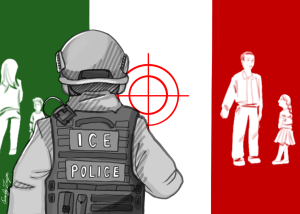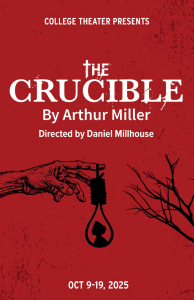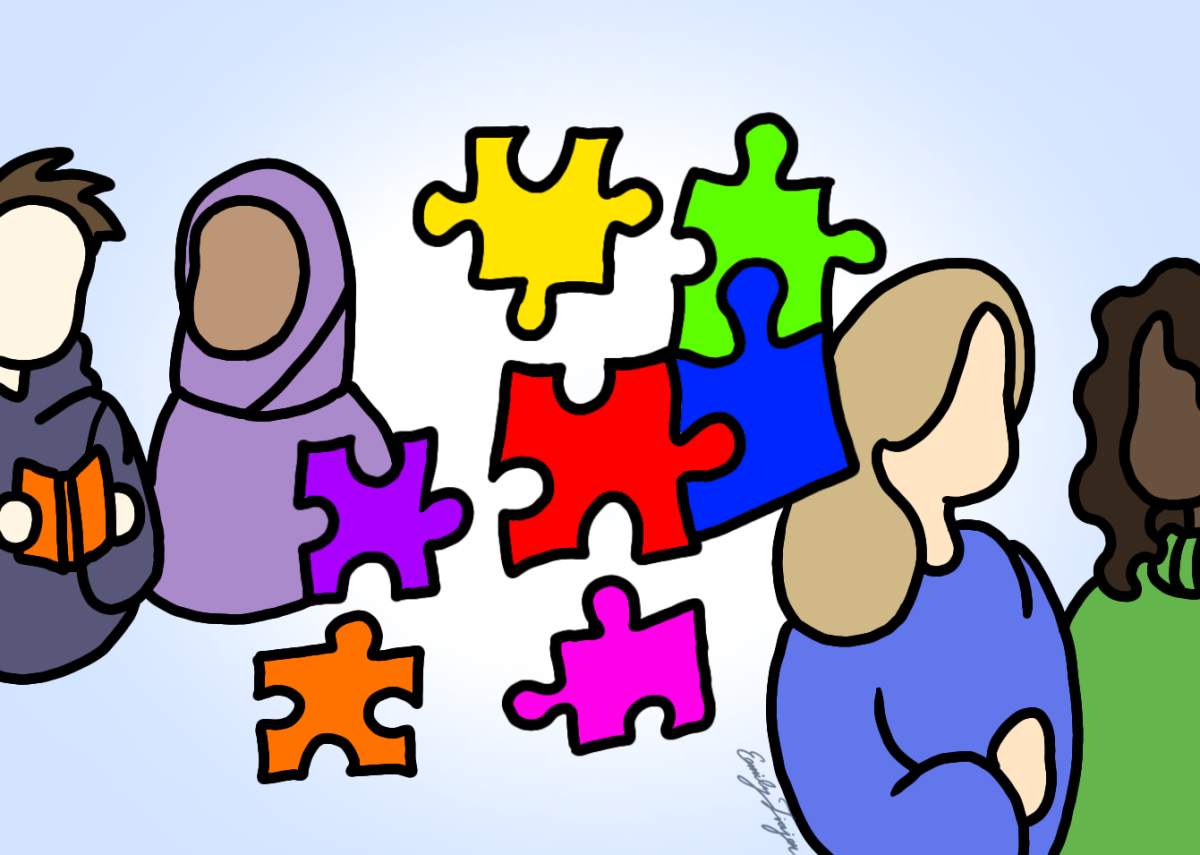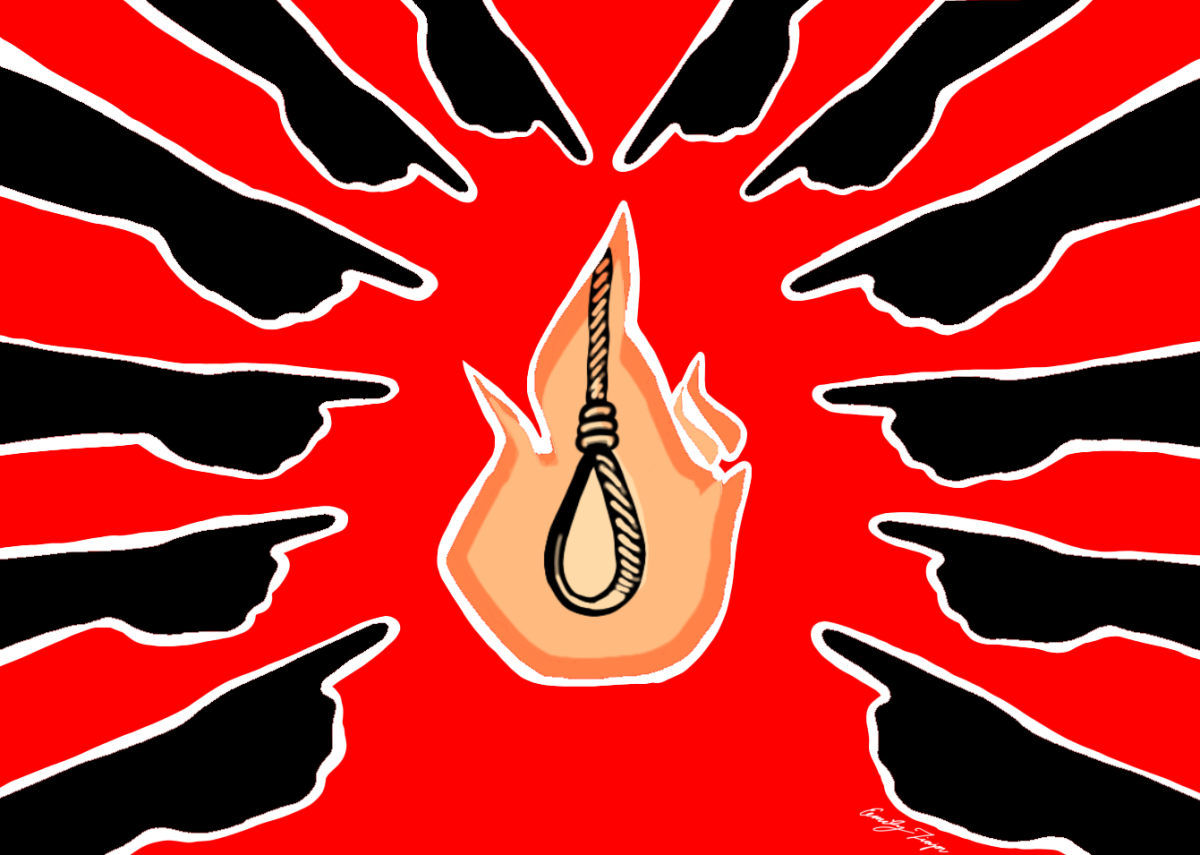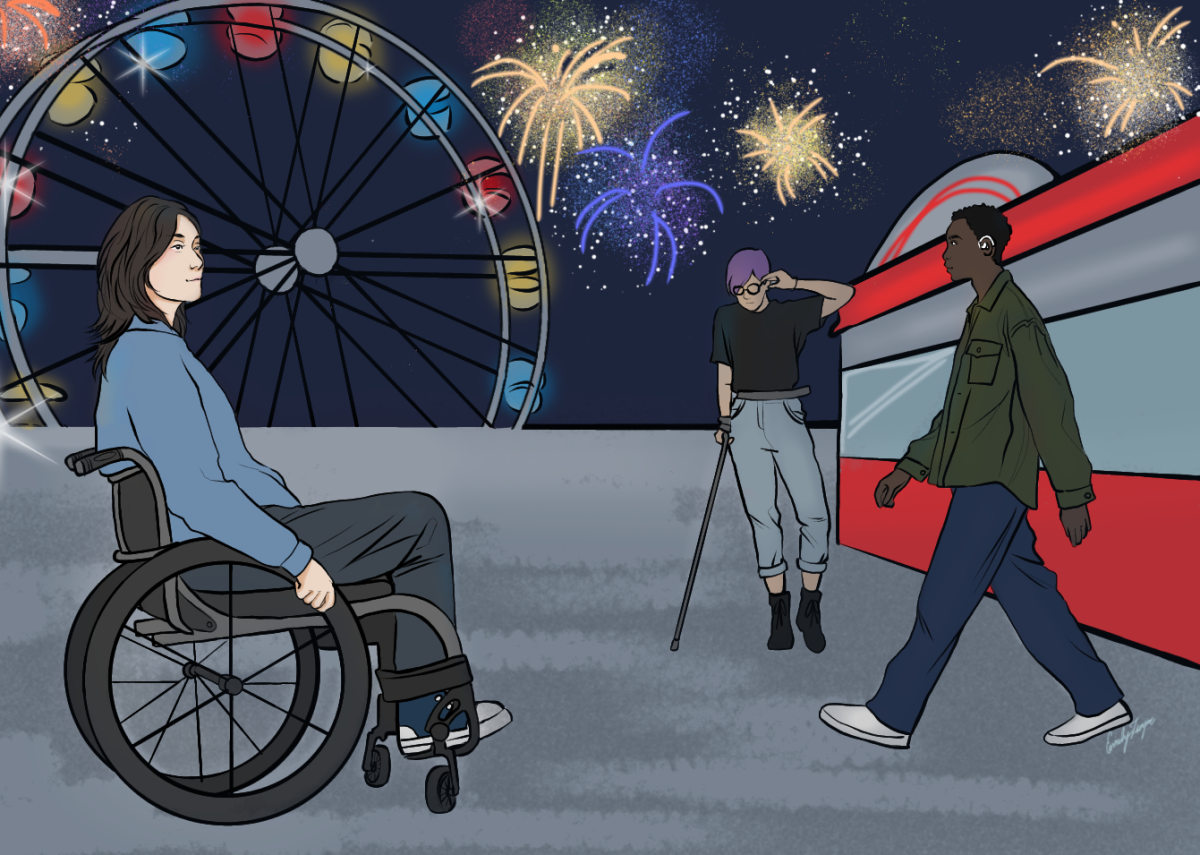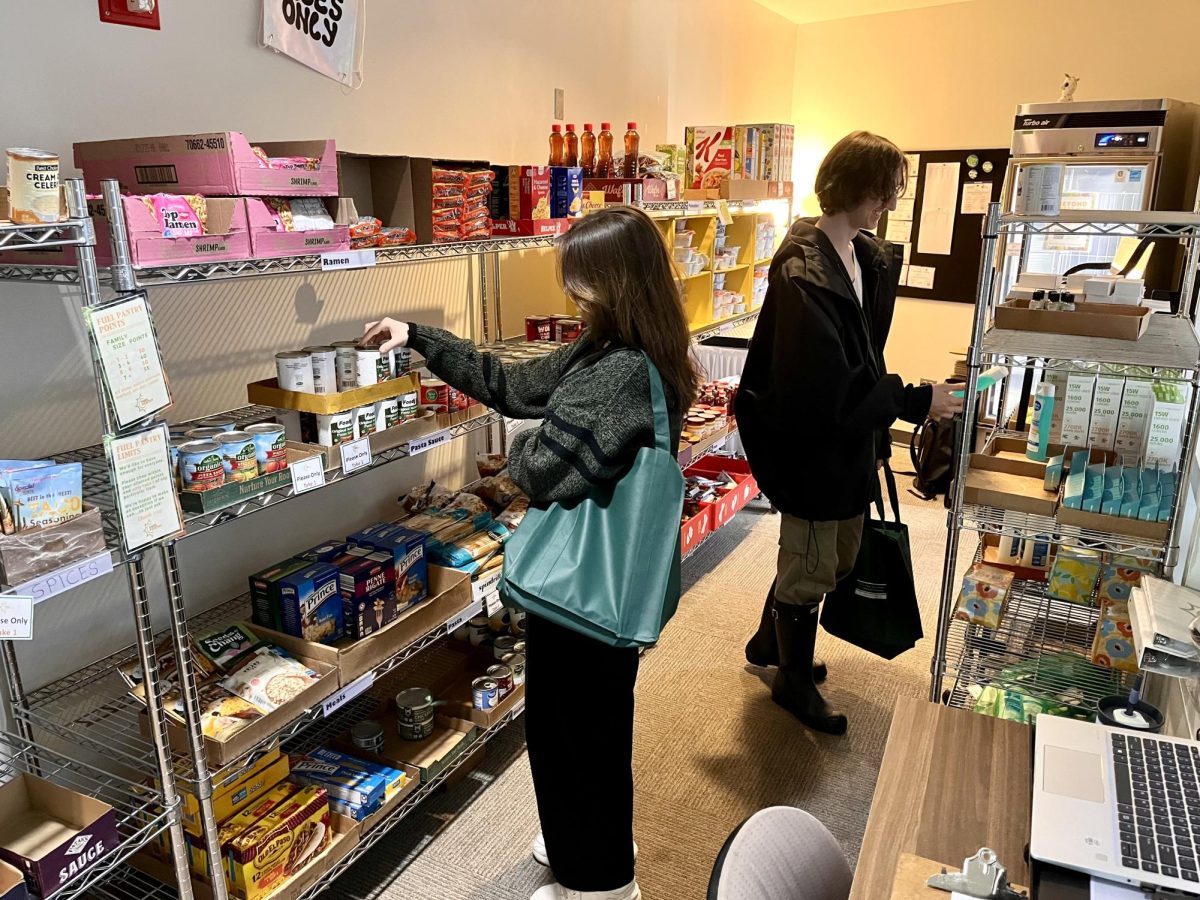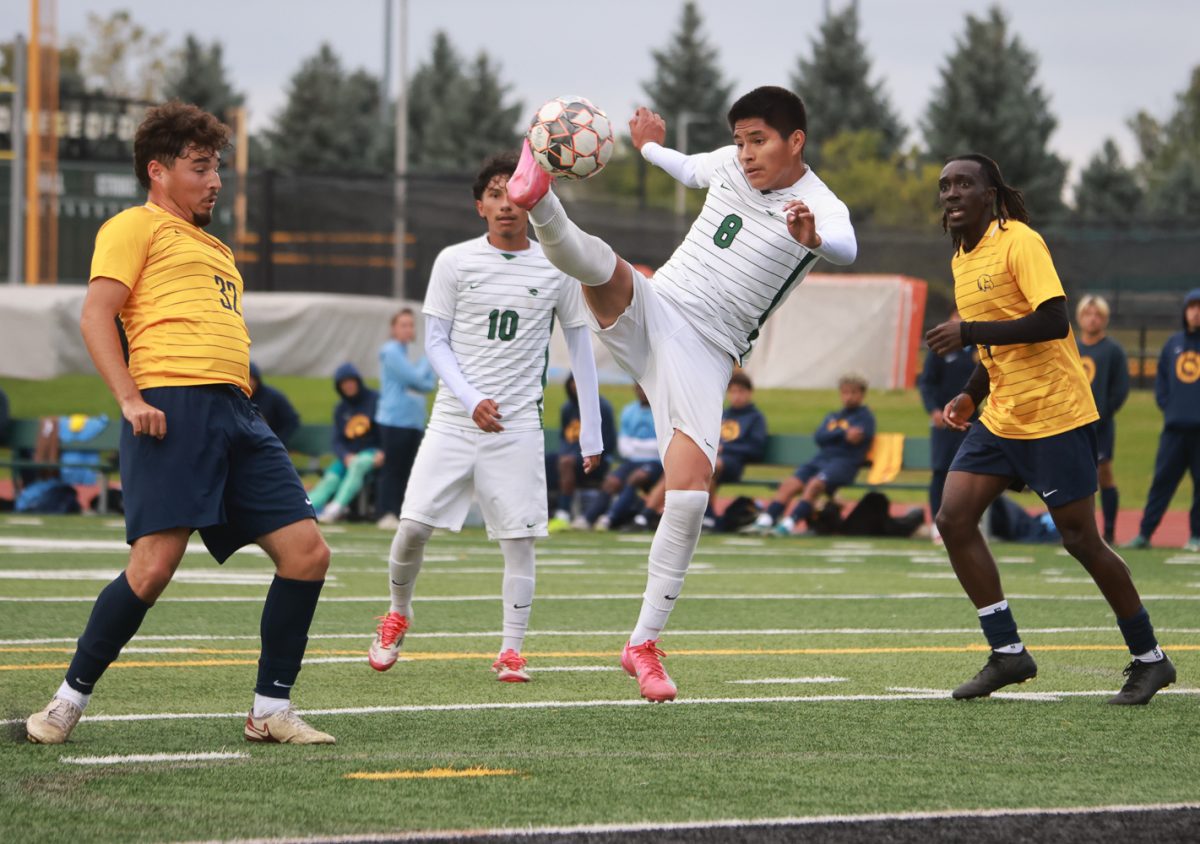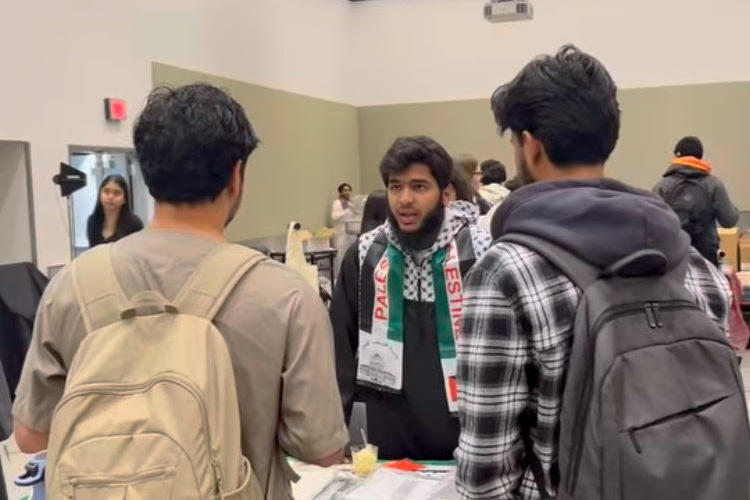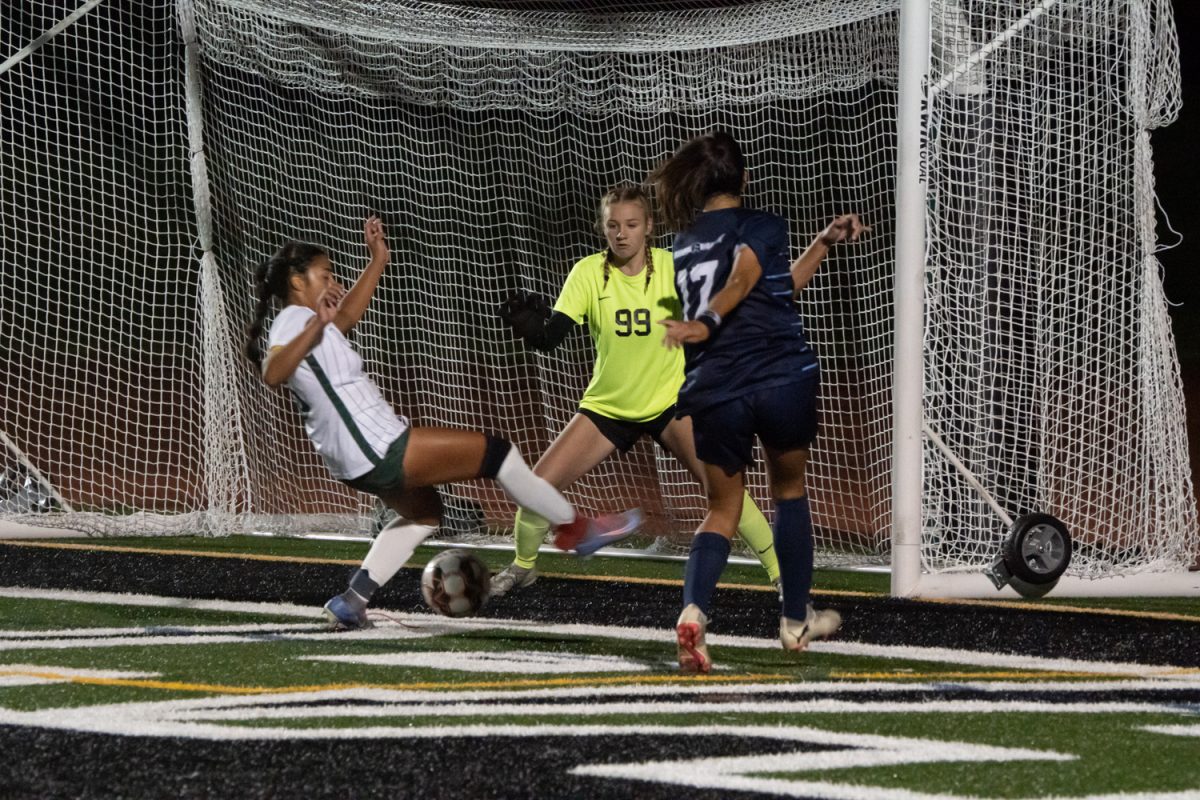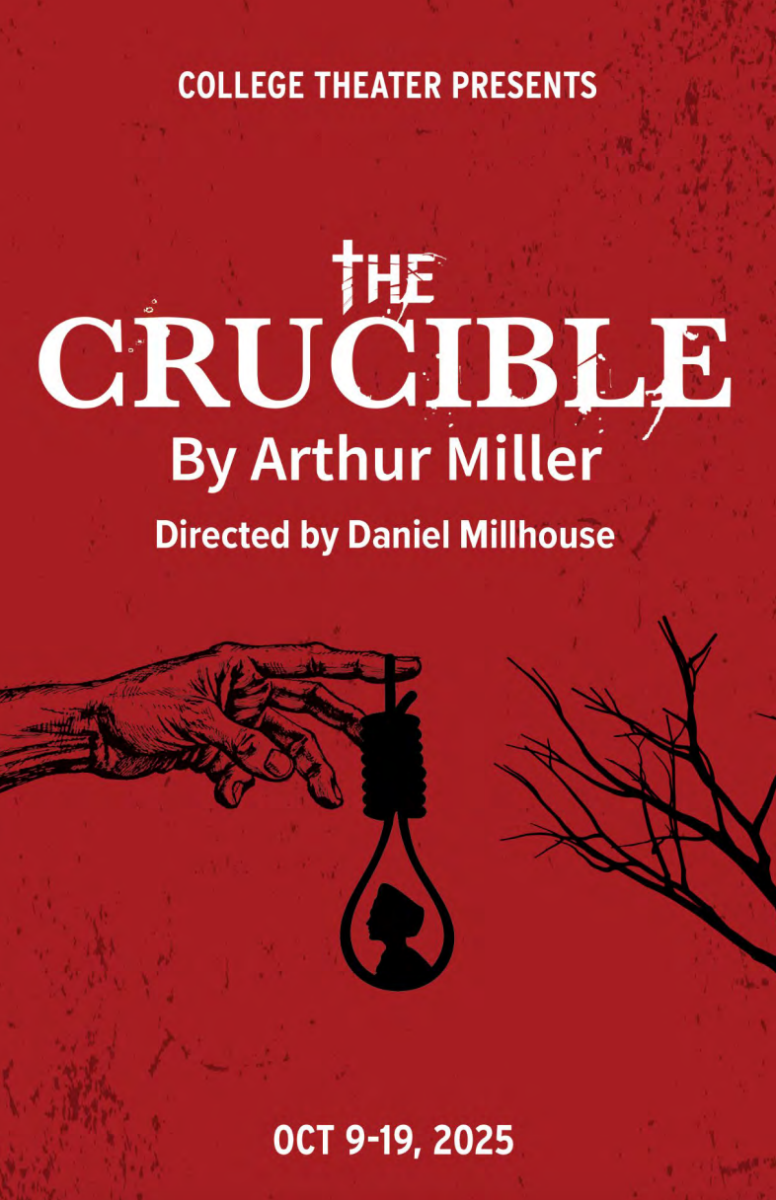“13 Reasons Why:” Copycat suicides, trigger warnings and the intersection of personal and societal responsibility.
July 16, 2018
Several months before my eighteenth birthday, I tried to take my own life. Despite this being the worst decision I have ever made, it also taught me something incredibly important. I didn’t want to die, and surviving a suicide attempt was the slap in the face I needed to show me how precious life is, how terrifying death is and how much I wanted to live.
I had avoided watching “13 Reasons Why” for a long time because of how strongly I feel about this issue and because of how personal my response would be. Recent public discussions about suicide, copycat suicides and the second season of “13 Reasons Why” moved me to delve into this topic. After watching the first season, I want to share the perspective of someone who has dealt with suicidal thoughts, and continues to battle depression and anxiety. The controversy surrounding the show, and two recent celebrity suicides, has led me to wonder whether the concern about copycat suicides is legitimate.
On June 5th of this year, fashion designer Kate Spade committed suicide, alone in her New York apartment. Spade battled Bipolar Disorder and chose not to seek help for fear of how the stigmatization of mental illness might negatively impact her brand. Spade’s sister, Reta Saffo, spoke with the Kansas City Star, stating that the death was not unexpected and that Spade had been inspired by the attention surrounding the suicide of actor Robin Williams, in 2014.
“I think there was a plan even as far back as then,” Saffo told the Star, speaking of the coverage of Williams’ death, “She kept watching it and watching it over and over.”
Just days later, on June 8th, chef, author and tv personality, Anthony Bourdain also committed suicide, shocking the world.
These stories both affected me deeply and not just because of my own suicide attempt. In 1993, when I was seven years old, my mother took her own life. She had also been struggling with Bipolar Disorder, although she had never been formally diagnosed and had never sought treatment. The stigma surrounding mental health was palpable at the time. My mother refused to admit something was wrong. Exactly one decade later, I faced my own demons. Although the stigma around mental health had changed, at the time I was being overly medicated, and the serious therapy and emotional support I needed was still not there. At the time I believed I was just like my mother and, like her, was destined to die. To know her struggle was my struggle convinced me her path was mine also.
However, does a show like “13 Reasons Why” inspire copycats? Researchers for the JAMA Network published a research letter showing there was a spike in online searches relating to “suicide” around the time of the first season’s airing. For a show that was intended to raise awareness of the topic, this is not altogether surprising. It is difficult to say whether this spike was because viewers felt curious about suicide as a subject matter, or because viewers were motivated by their own mental health issues or interest in causing themselves harm. The show did want to inspire conversations about the subject. It succeeded. The conversations that took place, however, were not always what was intended.
In defense of Netflix, I must mention this show was not broadcast on a public channel. It was a show that aired on a privately owned online streaming service. In order to watch the show, individuals had to make a conscious choice. The subject matter of the show was widely known and advertised and, as it was based on a book, many of those who watched it were already aware of what the show was about. From the very first episode, viewers know the main character committed suicide. At no point did the show try to hide what it was about, or how it was going to tell the story.
There were scenes of abuse, of public shaming, of underage alcohol and drug use, of violence and even of rape, all before the final controversial scene where Hannah takes her life. At any point an individual could have chosen not to continue with the show.
This is a form of entertainment at the end of the day. This is not a part of a public school curriculum or a mental health tool.There is no evidence to suggest media such as this are directly responsible for inspiring suicidal thoughts or behavior. It is both irresponsible and unproductive to suggest the creation of a television show about suicide should be held responsible for young people choosing to take their own life.
The show is not all good, however. A scene depicting suicide is not, alone, going to inspire someone to take their own life, but there is still an issue with copycat suicides. If Kate Spade’s sister is to be believed, Spade was enthralled by the media attention given to Robin William’s death. Others will argue that Anthony Bourdain’s death so recently after Spade’s is not a coincidence.
Research worldwide does suggest certain graphic images of suicide, or descriptions of how a person commits suicide, can increase the risk of an already vulnerable person choosing to act in a way that is harmful or deadly. The National Suicide Prevention Lifeline also argues repeated coverage and graphic headlines can send the wrong message and lead to more suicides. The same argument is made about reporting mass shootings. Some journalists choose not to show pictures of the shooter or give them the attention they crave, for fear of copycats. This is not something that can easily be controlled. With the internet so accessible to young people and a 24-hour media culture, arguing over how, or how often, suicide is covered in the media seems futile.
Many other viewers were frustrated by the lack of “trigger warnings” around the show. Netflix subsequently added extensive warnings, both at the beginning of the season and at the beginning and end of each episode. Many claim the show should still do more. In a story covered by CNN in April, some viewers asked Netflix to add possible “trigger warnings” right before the more graphic or distressing scenes. One viewer told CNN Netflix should advise viewers to take a break in the middle of more emotionally raw episodes.
The same story, however, also referenced a study that found “three-quarters of teen and young adult viewers said the show made them feel more comfortable processing tough topics.”
The use of the term “trigger warnings” bothers me. I recognize the need for social sensitivity when it comes to respecting the emotional vulnerabilities of others, but I do feel it is the responsibility of those with known mental health issues to protect themselves. I’m not victim blaming. This is not a suggestion that a person with a mental health issue or anxiety is not deserving of protection and respect. What I am suggesting is that the world will never be safe from triggers, and we should be prepared for that reality.
Never will every person in the world understand, nor should they be expected to understand, what every other individual person is going through. The show portrays how this desire for ubiquitous “understanding” only exacerbates the feeling of being misunderstood and persecuted.
Hannah, the main character who ultimately takes her own life, is frustrated and upset by the lack of understanding from her classmates. Although she sees this as a lack of interest in her, or a devaluation of her needs and feelings, it was usually simple miscommunication or ignorance. Sometimes it was simply a matter of other students being more focused on their own problems. Hannah struggled or refused to communicate with others what she was experiencing and how it made her feel. Yet she remained shocked that her teachers, family members and friends (especially Clay) could not pick up on her cues and hints. This led to her feeling isolated, worthless and unimportant, and ultimately led to her taking her own life.
This mirrors my own story so perfectly. Over-medication and abuse made me erratic and emotionally unstable. By the time I was 17 I had been taking antidepressants and mood stabilizers for six years. The fact that I had been misdiagnosed and didn’t actually need these drugs, only made my situation worse. My friends at the time struggled daily with my mood swings, outbursts and manic behavior. They tried their best to be supportive but they were also only teenagers. My friends did not abandon me, I drove them away. My ultimate isolation was not their fault, it was inevitable.
Today I still battle with depression and anxiety and I know that Hannah’s feeling of being misunderstood is very real. Her response, however, is so cruel and unrealistic that the show made a mockery of the elements that did ring true. The lesson that Hannah’s actions taught us, runs counter to what young people with mental health issues actually need to hear. Trigger warnings will not protect you, because life doesn’t give you warnings. Learning to handle reality means learning how to be confronted with triggering experiences and still cope.
Anxiety is about feeling a lack of control, and by expecting the world to be safer or bend to our will and protect us, we perpetuate the thought that we lack control by placing the power of protecting us in the hands of others. Surviving with anxiety requires personal responsibility, communication and honesty with others, and a constant recognition that self-preservation is in our own hands. If I know something may trigger my panic attacks, it is my responsibility to figure out what that it is, how I can avoid it, and how I can be patient and understanding with those who are unaware of what I am going through. When I have panic attacks in front of other people, they are often just as frightened as I am, and may have no idea what had happened to cause it. Expecting the world to be full of mind-readers who are on alert for the needs of individuals who are all triggered by different things, is selfish.
Although I do not believe it is the responsibility of the show to remind viewers how sensitive the content is, I do believe it is the responsibility of the show to tell a story that is not so contradictory.
A great example of this is when I recently watched a follow up piece Netflix released,”13 Reasons Why Season 2: Beyond the Reasons.” When discussing the choice that Clay made to confront the potential active shooter in Season 2, the experts on the panel clarified by saying that no student should ever do this.
This is my main issue with the show. It presents itself as thought provoking, conversation starting, and ‘real’, but in reality the show presents a laundry list of what not to do. The show supposedly advocates for young people to reach out and get help from experts and support systems, but then it has a inept guidance counselor whose response to sexual assault is shocking. I struggle to comprehend how a show can argue for young people seeking help, at the same time as villainizing those that are there to provide it. This is just one of the many contradictions I could not get over.
What is most disturbing about the show, is not the images of violence or the contradictions, but the way it over-romanticizes suicide. The entire storyline is built on a lie. There is no vengeance in death. There is no peace in revenge. There is no satisfaction in guilt.
Hannah is the bad guy, and I hate that they did that to her. The show presents a young girl who is suffering and turns her into something unrealistic, tragic and spiteful. The show creates a narrative where a young girl takes her own life, and is able to manipulate and punish those who hurt her beyond the grave. This is how suicide is romanticized. It is false and destructive to suggest others will finally know your pain and feel sorry, if you make the most final and attention-grabbing act of self-destruction by taking your life. It is similar to the motivations of a school shooter. Hannah deserved a better story than that. Suicidal people are not vengeful; they are broken. The person they believe deserves punishment, is themselves. I know this has been my truth. Self loathing and self sabotage had defined how I lived, for decades. Suicidal people don’t want to hurt others in their life, and believe that by living, they cause pain, and in death they will no longer be a burden.
Suicidal people don’t want to hurt others. The tragedy is that their death leaves those that loved them in immeasurable pain, while their depression allowed them to believe that no one would miss them.
Hannah was a poorly-written character. The show failed to highlight how preventable her death was. It was Hannah who failed to prevent it, not her friends. The show claimed Hannah cried out for help and that no one was listening, but an anonymous poem, an anonymous note, and one visit to a guidance counselor do not really present others with an opportunity to provide support. It was frustrating to watch the characters fail to communicate, and misunderstand each other, but it was agonizing to see Hannah expect others, like Clay, to know what she was thinking or going through without her having to put it into words. Then to have her terrorize her friends and enemies from beyond the grave was infuriating. All the show did was show Hannah was entirely capable of putting into words how she felt and why she was broken. Instead, she used that capability to hurt others rather than to help herself.
“Hurt people, hurt people.” This element of the plot line does ring true. The show missed an opportunity to really explore and acknowledge that bullies can be victims, and victims can be bullies.
Self and social awareness take time to develop. Empathy is a learned skill. Being able to handle the stress in your own life, whilst also noticing and being supportive of the stress that others are dealing with, is not always easy. When a young person is developing emotionally, mentally and hormonally, adding school, family and social obligations on top of that can become a heavy load. If a person is hurting or struggling, the desire to deflect that hurt away from oneself, can cause a person to project it on to others. We all have lashed out at those we care about during times of emotional vulnerability. Hurt people do hurt people. Bullies are often suffering themselves. This does not excuse nasty or violent behavior but taking revenge on a bully is never a solution, and only begets more hurt.
Hannah was hurt. Hannah chose to hurt those, including Clay, who she felt were responsible. Clay’s hurt only drove him to lash out and punish others and himself. His desire to take revenge caused him to hurt Tyler, and the consequences of that will be explored in season two.
The show was based around the worst solution to the cycle of bullying and violence. The show portrays Hannah not only as a victim, but as an abuser. Revenge is never sweet. It solves nothing, and it will not make Hannah’s death mean something. In the end, the only people hurt by Hannah’s actions, were the people who cared about her the most.
The show tried to answer the question, Why did Hannah kill herself? We know how it ended, and 13 episodes are spent trying to explain what led up to it, as if that would help us understand the choice Hannah made. Another fallacy. Suicide cannot be explained, because there is never a good reason for it. We cannot answer the question, because no answer is ever good enough.
With the recent deaths of two prominent, wealthy, successful celebrities, with family members and friends who loved them, the question of why is again raised.
A better question is why we still struggle to understand and talk about depression and mental health given how prevalent these issues are.
Recently I was told I have no right to be depressed because of all the good things that have happened in my life lately, and because I am blessed to know good people.
That is not what determines whether or not I suffer. No one else can determine what you are allowed to feel. I struggle with dark thoughts daily, and no amount of personal or professional success can alleviate something that for me is genetic and chemical. I battle daily, and I know that the fight in me keeps me alive.
Everyone has the ability, and the right, to feel depressed or anxious. Know that, and ask for help unashamedly. There are counselors and help lines to listen. Just because one friend or family member may not understand, or may appear unsupportive, does not mean you are alone or undeserving. It is simply hard for everyone to know how to respond, or to read the signs that you might need help.
That is neither your fault, nor theirs.
The reason we have mental health professionals is because it is something that requires specialized knowledge. The complexity of what depression entails is not a burden all can bear. Reach out to those who know how to help you, and know that you are one of millions doing so. Whether you are rich or poor, successful or struggling, male or female, teen or adult, black or white, or of any race, religion or nationality. Depression and anxiety do not discriminate, and they are not a sign of weakness or failure.
College of DuPage has excellent counselors who can also help you find long term therapy off campus. Do not rely on a television show for your understanding of what it is like to be bullied, to be depressed, or to seek out help.
“13 Reasons Why” got a lot wrong and should not be used as an educational or mental health tool. It is a form of entertainment that wanted to be something more, and missed the mark. It should neither be completely condemned nor condoned, but seen for what it is: A TV show.
National Suicide Prevention Lifeline is a 24-hour confidential help line: 1-800-273-8255
https://suicidepreventionlifeline.org
The Trevor Project has a 24-hour helpline for those LGBTQ youth that are struggling: 1-888-488-7386
https://www.thetrevorproject.org
The Veterans Crisis Line is a 24-hour help line for military veterans and their families: 1-800-273-8255





